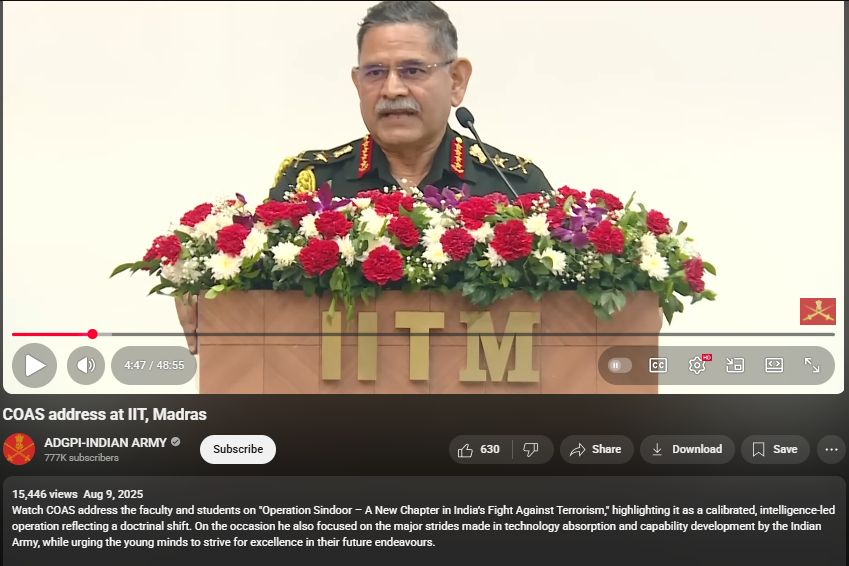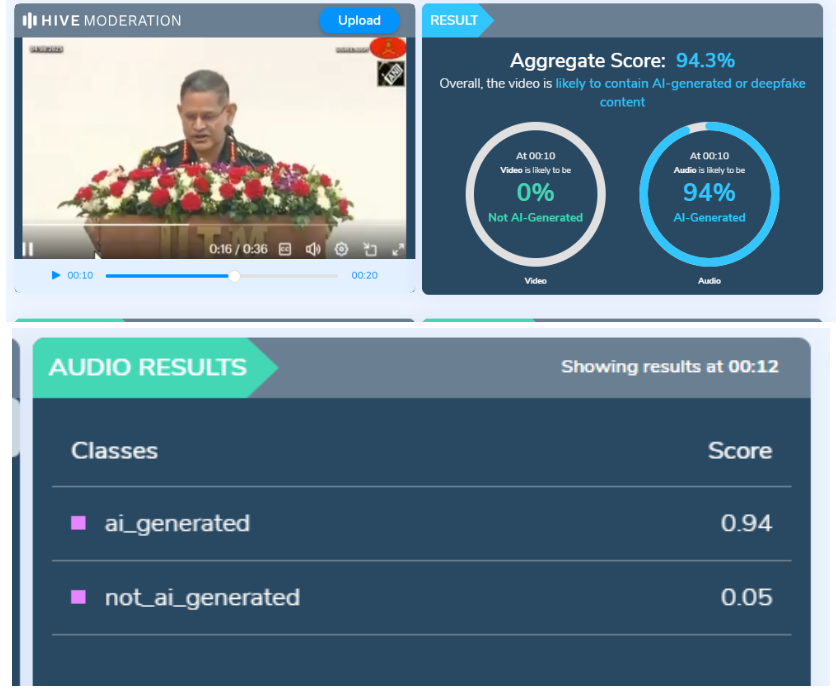Financial Risk Indicator Launched by DoT to Strengthen Cybersecurity
Introduction
On May 21st, 2025, the Department of Telecommunications (DoT) launched the Financial Risk Indicator (FRI) feature, marking an important step towards safeguarding mobile phone users from the risks of financial fraud. This was developed as a part of the Digital Intelligence Platform (DIP), which facilitates coordination between stakeholders to curb the misuse of telecom services for conducting cyber crimes.
What is the Financial Risk Indicator (FRI)?
The FRI is a risk-based metric feature that categorises phone numbers into risk, medium risk, and high risk based on their association with financial fraud in the past. The data pool enabling this intelligence sharing includes the Digital Intelligence Unit (DIU) of the DoT, which engages and sends a list of Mobile Numbers that were disconnected (Mobile Number Revocation List - MNRL) to the following stakeholders, creating a network of checks and balances. They are:
- Intelligence from Non-Banking Finance Companies, and UPI (Unified Payment Interface) gateways.
- The Chakshu facility- a feature on the Sanchar Saathi portal that enables users to report suspected fraudulent communication (Calls, SMS, WhatsApp messages), which has also been roped in.
- Complaints from the National Cybercrime Reporting Portal (NCRP) through the I4C (Indian Cyber Coordination Center).
Some other initiatives taken up concerning securing against digital financial fraud are the Citizen Financial Cyber Fraud Reporting and Management System, the International Incoming Spoofed Calls Prevention System, among others.
A United Stance
The ease of payment and increasing digitisation might have enabled the increasing usage of UPI platforms. However, post-adoption, the responsibility of securing the digital payments infrastructure becomes essential. As per a report by CNBC TV18, UPI fraud cases surged by 85% in FY24. The number of incidents have increased from 7.25 lakh in FY23 to 13.42 lakh in FY24. These cases involved a total value of ₹1,087 crore, compared to ₹573 crore in the previous year, and the number continues to increase.
Nevertheless, UPI platforms are taking their own initiative to combat such crimes. PhonePe, one of the most used digital payment interface as of January 2025 (Statista) has already incorporated the FRI into its PhonePe Protect feature; this blocks transactions with high-risk numbers and issues a warning prior to engaging with numbers that are categorised to be of medium risk.
CyberPeace Insights
The launch of a feature addressing the growing threat of financial fraud is crucial for creating a network of stakeholders to coordinate with law enforcement to better track and prevent crimes. Publicity of these measures will raise public awareness and keep end-users informed. A secure infrastructure for digital payments is necessary in this age, with a robust base mechanism that can adapt to both current and future threats.
References
- https://www.thehawk.in/news/economy-and-business/centre-launches-financial-fraud-risk-indicator-to-safeguard-mobile-users
- https://telanganatoday.com/government-launches-financial-fraud-risk-indicator-to-safeguard-mobile-users
- https://www.pib.gov.in/PressReleasePage.aspx?PRID=2130249#:~:text=What%20is%20the%20%E2%80%9CFinancial%20Fraud,High%20risk%20of%20financial%20fraud
- https://www.business-standard.com/industry/news/dot-launches-financial-fraud-risk-indicator-to-aid-cybercrime-detection-125052101912_1.html
- https://www.cnbctv18.com/business/finance/upi-fraud-cases-rise-85-pc-in-fy24-increase-parliament-reply-data-19514295.htm
- https://www.statista.com/statistics/1034443/india-upi-usage-by-platform/#:~:text=In%20January%202025%2C%20PhonePe%20held%20the%20highest,key%20drivers%20of%20UPI%20adoption%20in%20India
- https://telecom.economictimes.indiatimes.com/amp/news/policy/centre-notifies-draft-rules-for-delicensing-lower-6-ghz-band/121260887?nt








